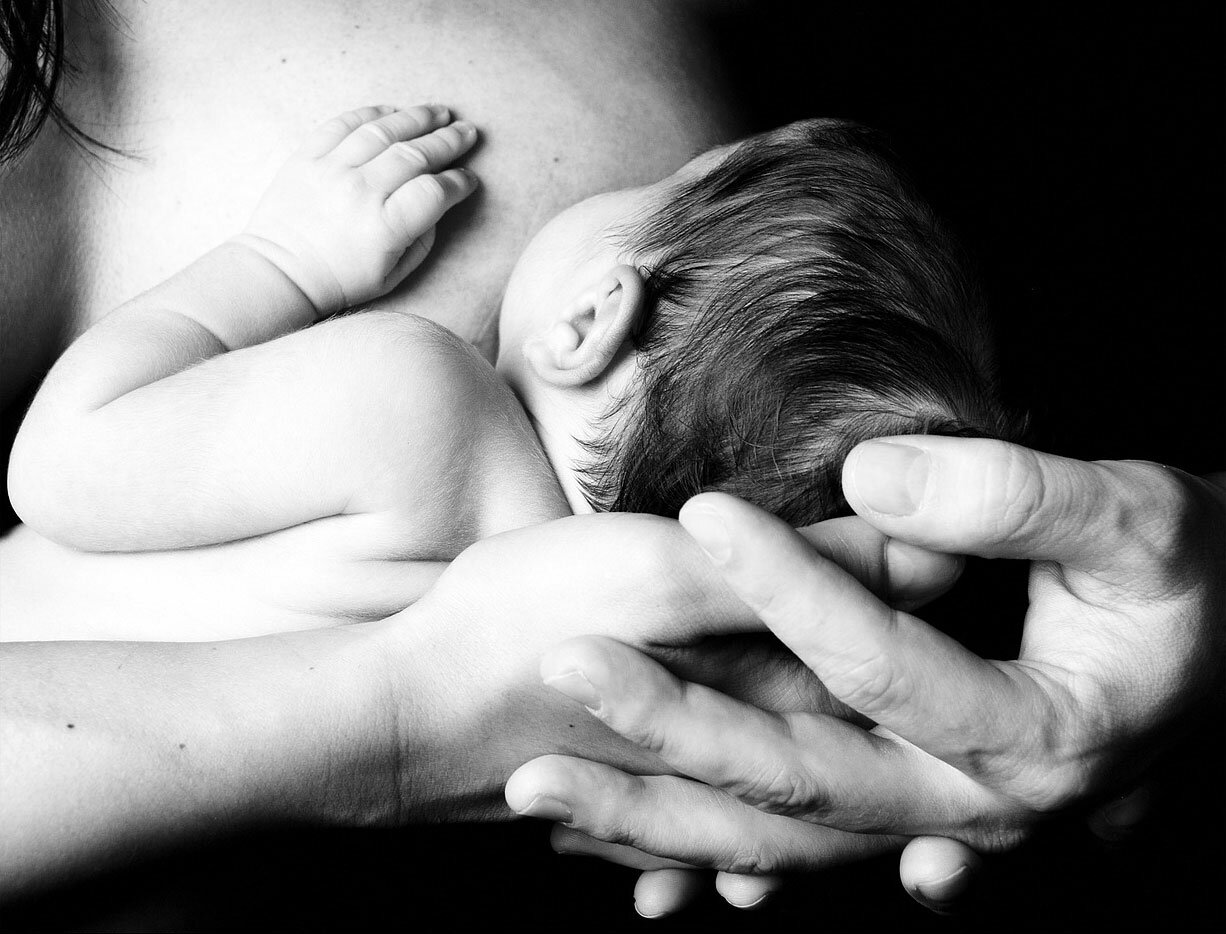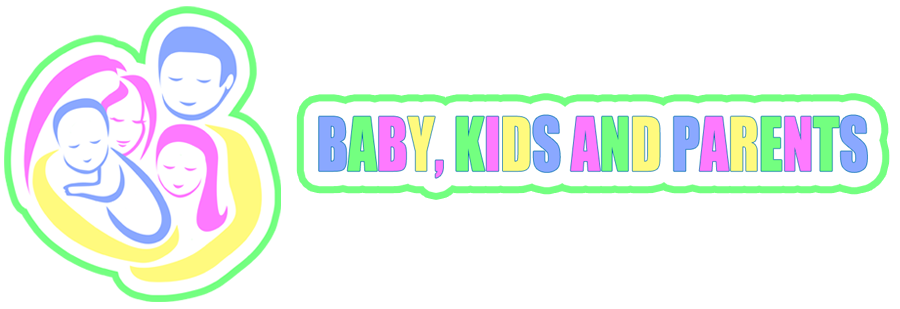
Nowadays exclusive breastfeeding is recommended for the first six months of baby’s life. And breastfeeding together with other food should continue for at least 12 or 24 months. Breast milk is the ideal food babies. It is valuable source of nutrients and immunity which are important for health and resistance of child’s body in the future. Breastfeeding can protect babies from infections and reduce the rates of later health problems such as obesity, diabetes and asthma.
Breastfeeding is good for the mothers too. It helps the uterus to contract and bleeding stops more quickly after delivery. Breastfeeding also reduces the risk of ovarian and breast cancer. To find out why it is important that the child receives breast milk, it is necessary to take a peek at the baby's favorite beverage. What all valuable breast milk contains and why it is in most cases almost ideal baby's food?
Breast milk is divided into colostrum and mature milk. Colostrum is the first pale yellow milk produced by the breasts after giving birth. Some people call colostrum a baby’s first immunization, because of its high content of antibodies. This milk is also higher in protein, minerals, salt, vitamin A, nitrogen, white blood cells, and certain antibodies, and has less fat and sugar than mature milk.
Components of breast milk
The components of breast milk derive from three sources. Some of the nutrients are synthesis on the lactocyte, some are dietary origin, and some originate from maternal stores. Fat, lactose and proteins are the main macronutrient components of breast milk. Milk content is changed by factors like: stage of lactation, mother’s age, time of feeding, baby’s gestation period and baby’s feeding patterns.
Breast milk is consisted mainly of water. All other nutrients, minerals, vitamins and immunoglobulins are dissolved in the liquid in ideal ratio. Because of this breast milk in the same time feed the baby and quenches his thirst. So, the arguments that the baby should be given water for his thirst, is not right.
More interesting is the fact, that the breast milk can be more or less watery, depending on the time of breastfeeding. In the beginning of feeding the quantity of water is bigger, because the task of the milk is to quench the thirst of the baby. In the second half of breastfeeding, the milk becomes denser and more caloric.
-
Proteins
The proteins in human milk are divided into two types: whey and casein. About 60% of protein is whey, and the other 40% is casein. This balance of the proteins allows for quick and easy digestion. Approximately 60-80% of all protein in human milk is whey protein. These proteins have great infection-protection properties. Since breast milk is more easily digested, the baby gets hungry faster. Because of this breastfed children need to eat more often.
Breast milk contains some specific proteins:
- Lactoferrin is an iron binding protein. It has intense antibacterial action against an array of microorganisms that need iron to grow. This inhibits certain organisms such as coliforms and yeast. Lactoferrin is used to help the baby to absorb his own iron stores. It is a growth factor for cells of the immune system such as B-lymphocytes and T-lymphocytes.
- Immunoglobulin A Immunoglobulins or antibodies, take five basic forms, denoted as IgG, IgA, IgM, IgD and IgE. All of them have been found in breast milk. But by far the most abundant type is the form of IgA known as secretory IgA. This immunoglobulin is a maternal specific antibody that works to protect the baby from viruses and bacteria, specifically those that the baby and mommy are exposed to.
- Lysozyme. This enzyme has a strong influence on the type of bacteria that inhabit the intestinal tract such as E.coli and Salmonella. Lysozyme also has anti-inflammatory function and can promote the growth of healthy intestinal microflora.
-
Fats
Fats together with carbs are the most important source of energy. They are also involved in the construction of the nervous system. Breast milk is mainly made up of easily digestible unsaturated and essential fatty acids.
-
Carbohydrates
The principal carbohydrate in human milk is lactose. Lactose is the second source of energy in breast milk, after fats. It also helps to decrease the amount of unhealthy bacteria in the stomach. In this way it improves the absorption of calcium, magnesium and phosphorus.
-
Vitamins
The amount and types of vitamins in breast milk is directly related to the mother’s vitamin intake. Because of this it is important that the mother gets adequate nutrition or to continue with prenatal vitamins while nursing. Vitamins that are vital to the baby’s health are vitamins A, D, E, C, K, riboflavin, niacin etc.
-
Minerals
Calcium, iron and phosphorus are the tree most important minerals found in breast milk. Iron in breast milk appears in small amounts, about 0,5 to 1 mg/l. It’s not diet dependent. Iron levels in breastfed babies are sufficient for 6 months.
There is nothing better for the health of your baby than breast milk.

